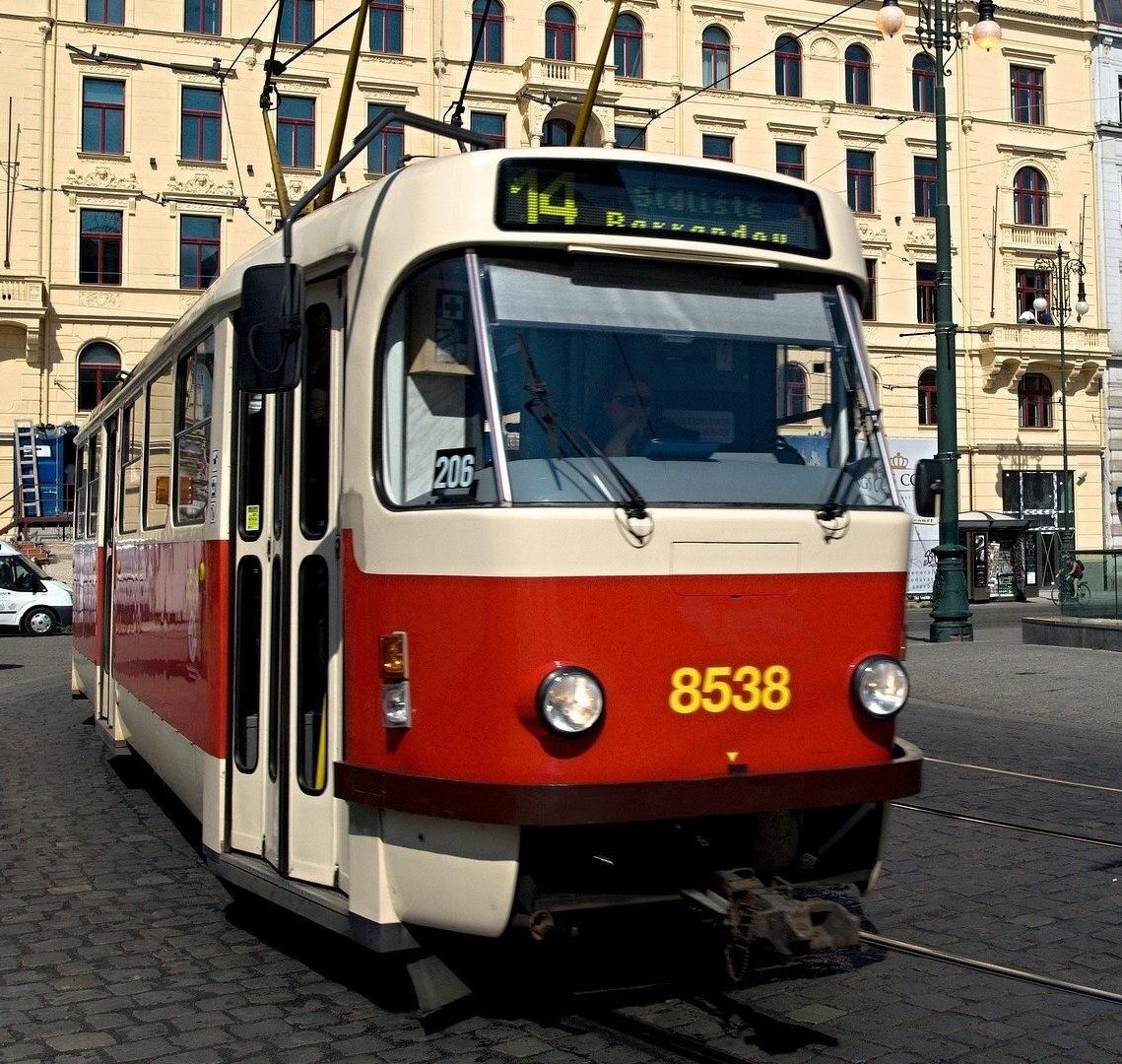

Oh! Awesome experiment! Yes, they’re shorter because of perspective (foreshortening). With a mirror surface it’s better to think of a duplicate of the object flipped across the mirror plane, then you can apply the same tricks to draw in perspective, which may make it look shorter.
In your example here, since we’re viewing from the side the perspective is not going to factor in as much, so we land at “roughly the same size”

Although the immediate processing of food might occur in major digestive organs, the effect of increased or decreased nutrient availability will be felt throughout the body. One primary effect of starvation is the breaking down of cells (autophagy) in order to reuse their components for more necessary bodily functions - like the atrophying of muscles.
Naturally, your germ line cells are one of your core bodily functions, so the nutrients will necessarily need to make their way there.
One recent paper[1] hypothesized that the byproducts of this cellular breakdown can cause cells to bundle up DNA that encodes some genes, rendering them less accessible and therefore less active. This can even be passed trans-generationally (presumably by altering the tight storage of specific genes in the germ line cells).
Broadly this mechanism is called epigenetics, where specific histone protein modifications cause regions of DNA to coil up tightly, making it far less likely to be expressed, or unwind and become far more active. It’s a very neat mechanism by which many characteristics can become generational despite not having a clear genetic component.
[1] https://pmc.ncbi.nlm.nih.gov/articles/PMC10244352/